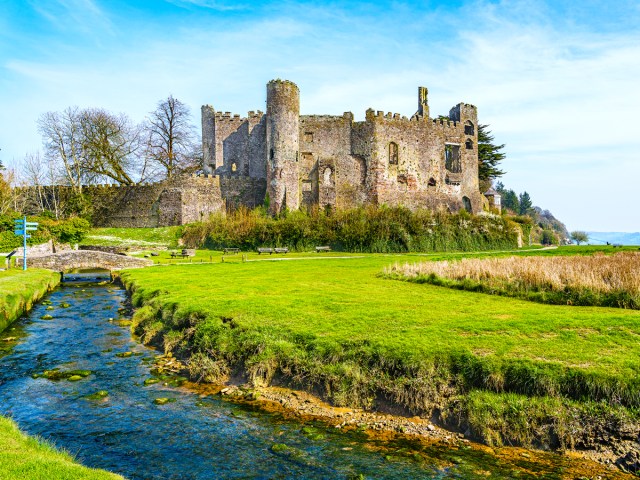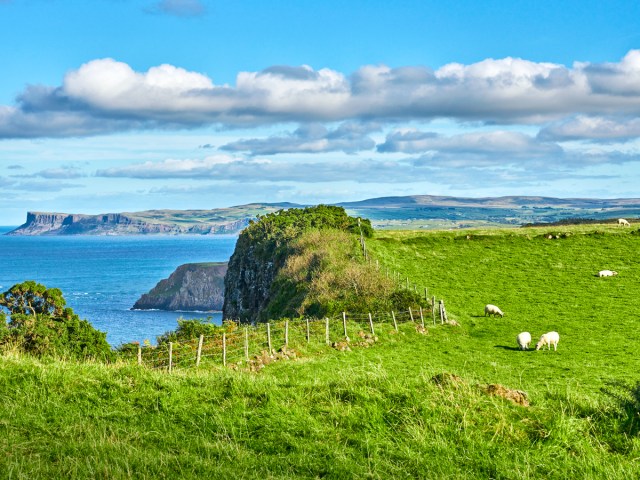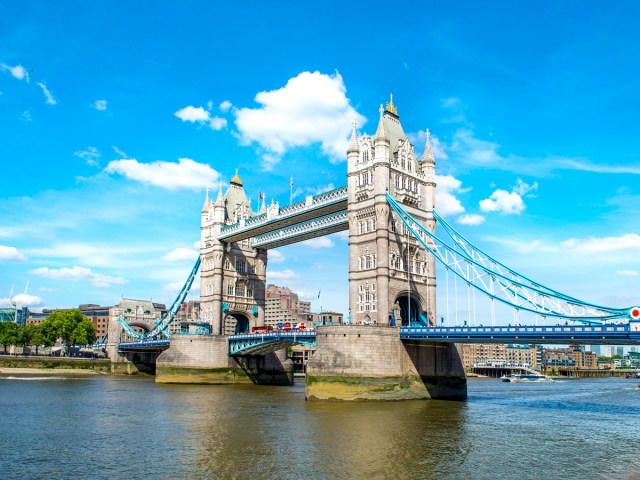“Great Britain” and “United Kingdom” are often used interchangeably. But despite their similar colloquial uses, the two names have different meanings — though they both reference similar regions, making it hard to discern which one is more accurate. If you want to impress the locals on your next trip across the pond, here’s a helpful guide to understanding the difference between Great Britain and the United Kingdom.
The British Isles

First, let’s start with the larger region known as the British Isles. “The British Isles” is a broad term for the thousands of islands that are located off the coast of mainland Europe, just north of France. This geographical entity includes the United Kingdom and Ireland, plus thousands of smaller islands such as the Isle of Skye, the Shetland Islands, and the Hebrides that belong to them. In total, the British Isles (sometimes referred to as the Atlantic Archipelago) encompass a total area of roughly 121,684 square miles.
Great Britain

Meanwhile, “Great Britain” is a geographic term for the largest landmass found in the British Isles. The name originated in the Middle Ages, and it shares its etymology with the nearby Brittany region of France, which was simply called “Britain” at the time. “Great Britain” was first used in an official context in 1707, when England and Scotland united to establish the Kingdom of Great Britain. Today, “Great Britain” simply refers to the biggest island of the British Isles, which is where you’ll find the countries of England, Scotland, and Wales.
United Kingdom

While “Great Britain” is primarily used for geographic purposes, “United Kingdom” is a name for the political union of four countries: England, Northern Ireland, Scotland, and Wales. A bit of backstory: In 1801, Ireland united with the island of Great Britain, forming the United Kingdom of Great Britain and Ireland, a name that was often shortened to just the United Kingdom.
When the country of Ireland gained independence in 1922, six of the northern countries on the Irish isle remained under British rule, establishing a region known today as Northern Ireland. This area remained a part of the United Kingdom, joining England, Scotland, and Wales. So, while both Great Britain and the U.K. contain England, Scotland, and Wales, Northern Ireland is only a part of the United Kingdom. The rest of Ireland exists as a stand-alone sovereign entity that doesn’t fit into either group.
England

“England” is another term that sometimes gets swapped out for Great Britain or the United Kingdom. However, the name England refers specifically to a sovereign country within the U.K. The country is located on the island of Great Britain.
England was unified as a nation in 927 CE, when several Anglo-Saxon kingdoms throughout the region joined together. It was later conquered by the Normans in 1066, and underwent many political changes in the centuries that followed. Today, it is the southernmost of the three countries that make up Great Britain, covering about 62% of the island as a whole. The capital city of England is London, which also serves as capital of the entire United Kingdom.
More from our network
Daily Passport is part of Inbox Studio, which publishes content that uplifts, informs, and inspires.
















